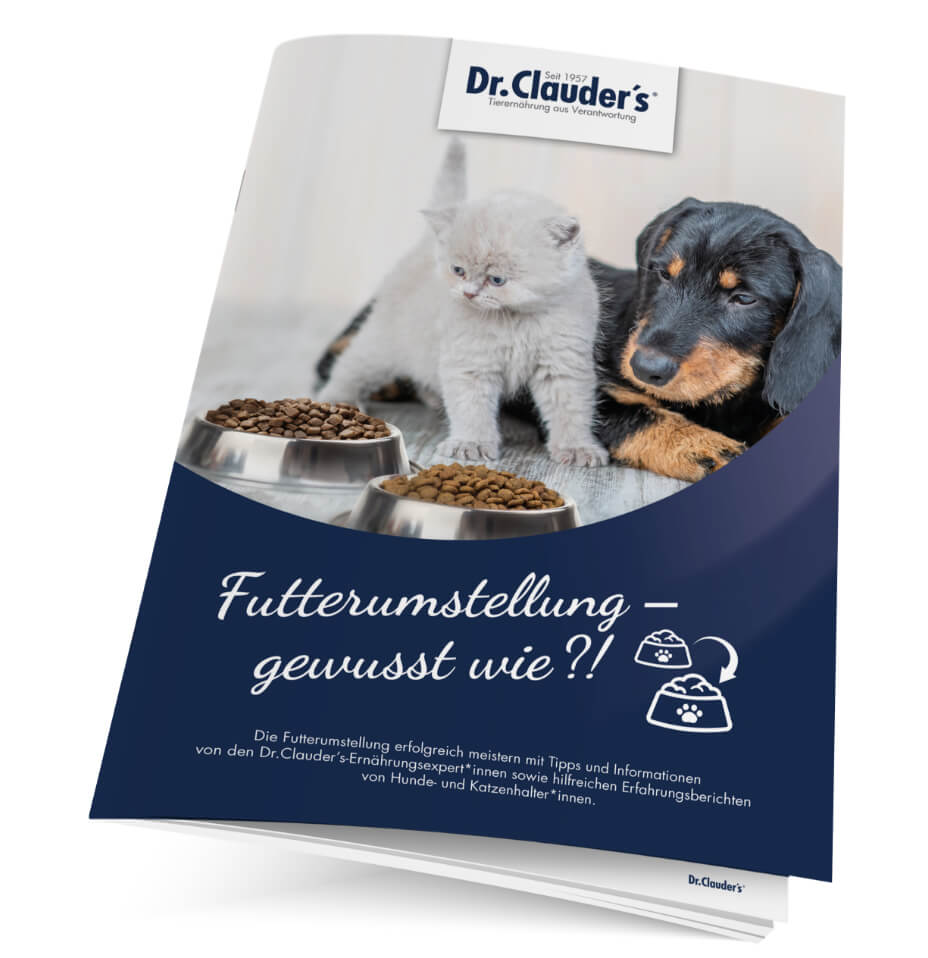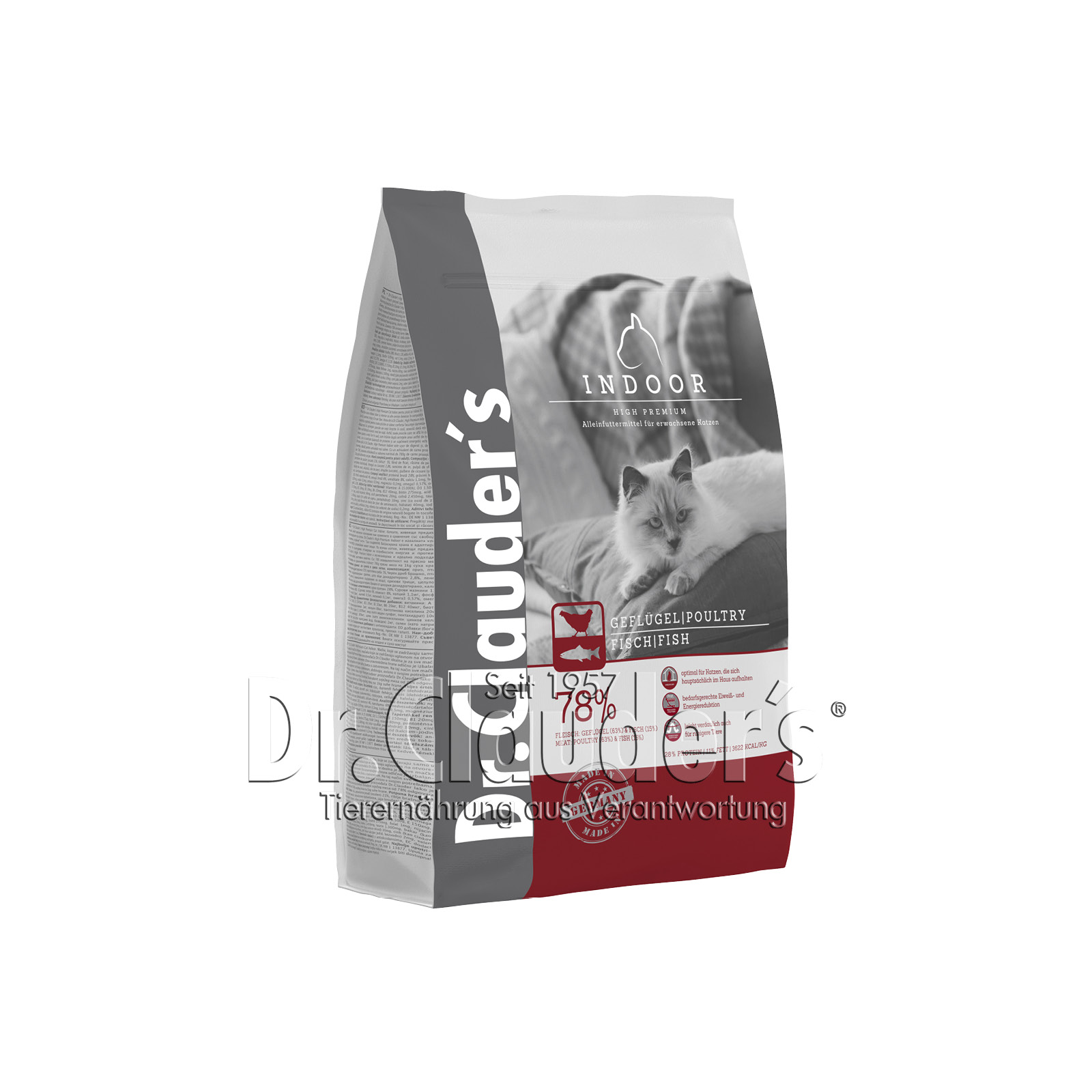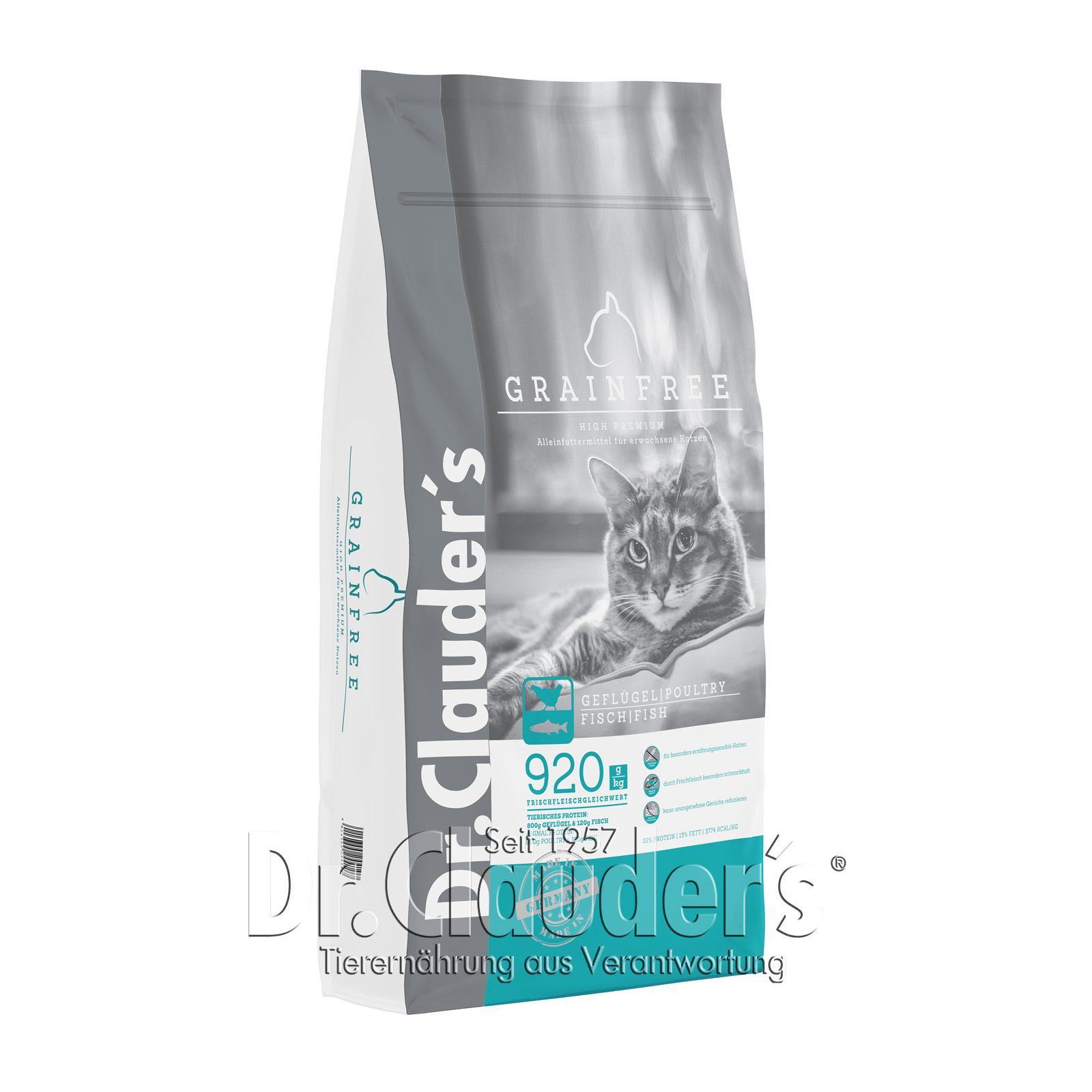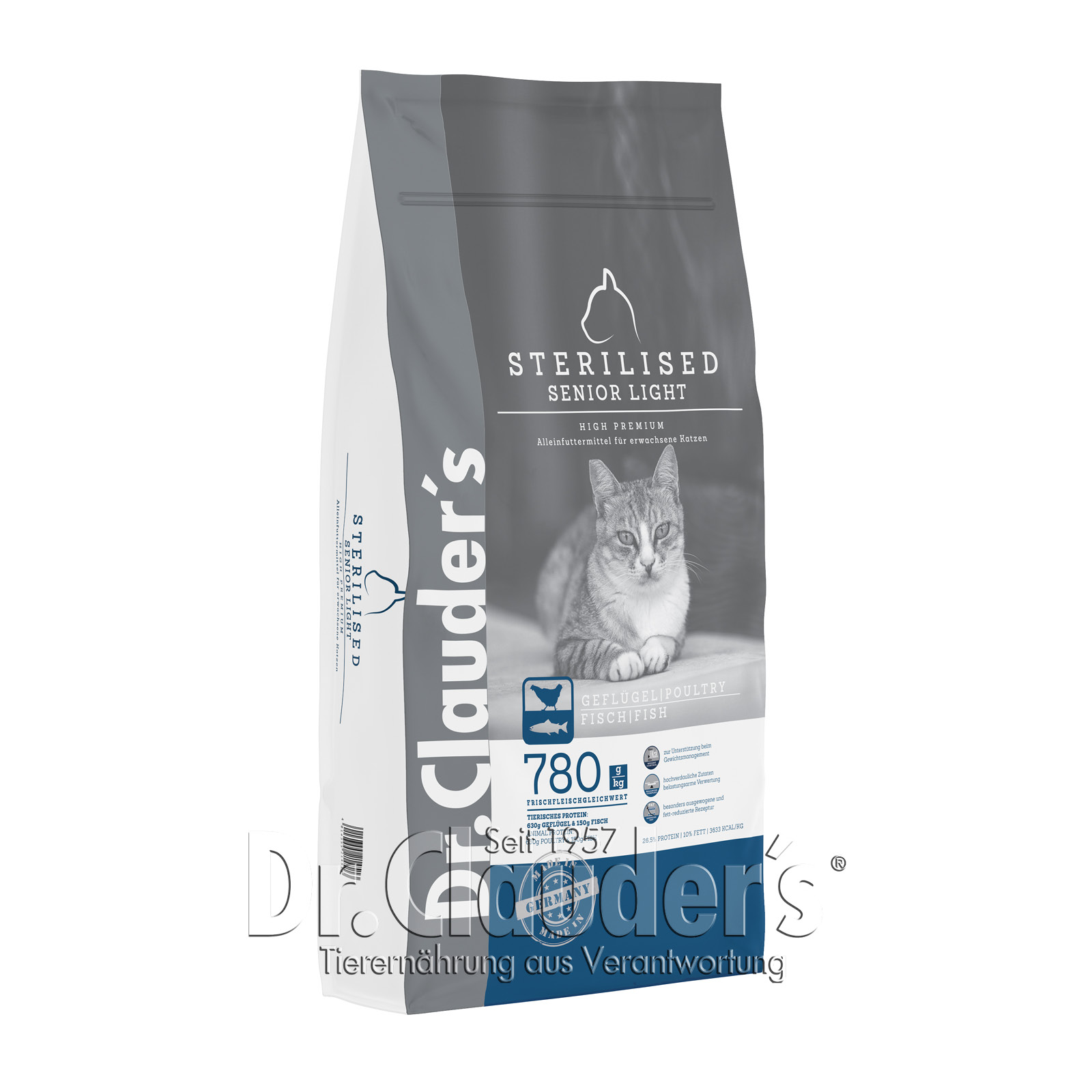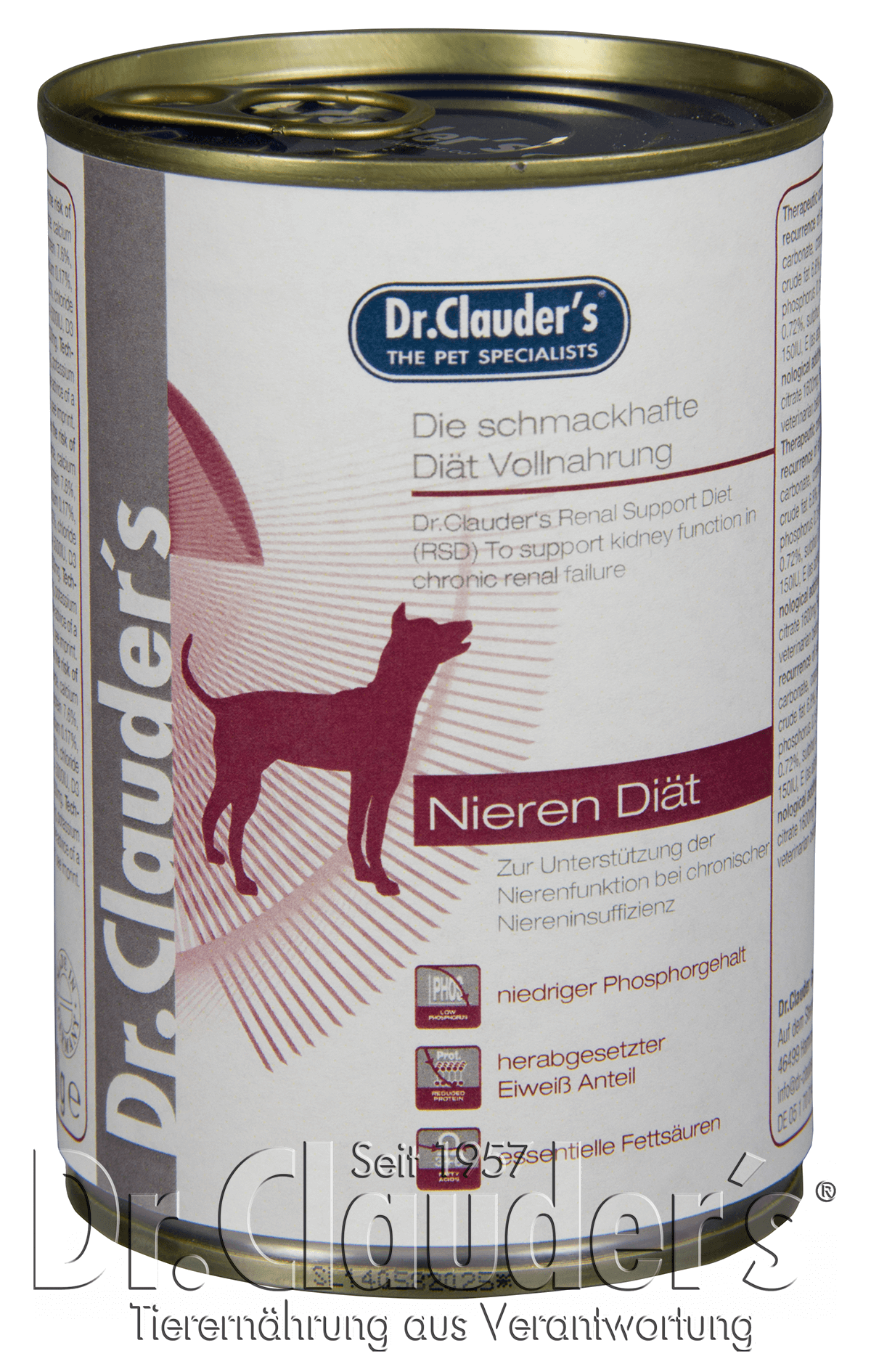CHANGE OF DIET IN CATS - WHAT DOES IT MEAN AND WHEN DOES IT MAKE SENSE?
WHAT DOES IT MEAN AND WHEN DOES IT MAKE SENSE?
A change of diet aims to introduce your cat to a new food - the procedures are as varied as the reasons for a change of diet:
- Different age cycles of your cat
- Allergies or food intolerances
- Change to diet food
- Previously fed variety is no longer produced
- Desire to change to a higher quality food
Cats do not judge their food by quality, but by smell, taste and consistency. This is why they usually react to new, unfamiliar food with incomprehension and unacceptance. A change of food can be useful for picky animals in order to offer the animal variety.
Regardless of the reasons that apply to your cat, you should think through the change from wet to dry food or BARF well in advance.
Switching from dry to wet food:
Mixing foods can cause digestive upset - sensitive cats often react to the new consistency, composition and increased moisture content with abdominal pain and diarrhoea.
Procedure for the changeover
- Slightly moisten the dry food you are used to.
- Increase the moisture day by day until the food reaches the consistency of wet food.
- Then: Slowly mix in the wet food and gradually replace the dry food completely.
Change from wet to dry food:
Since cats, as former desert dwellers, naturally drink little, the high water content in wet food covers almost the entire liquid requirement of the house cat.
Procedure for the changeover
- Moisten the dry food.
- Decrease the amount of moisture daily so that the cat slowly adapts from the consistency of the wet food to that of the dry food.
Advantages of dry food
- Convenient handling
- Food can stay in the bowl longer
- Less expensive
- Positive effects on your cat's dental hygiene and jaw development
Switching to BARF:
Switching from conventional canned food to raw meat can be challenging for both the cat and you as the owner:
- Your cat has to get used to the smell.
- Consistency is not comparable to industrially produced food.
- Abrupt change: can cause unacceptance and digestive problems.
If there is no medical need for a quick change, a slow, gentle approach is recommended:
- Mix small pieces into the wet or dry food at first
- For first trials: Boil or fry the meat.
- Avoid rejection: Reduce the cooking or frying time in small steps until your cat accepts whole raw pieces and eats them without hesitation.
- Positive effects on your cat's dental hygiene and jaw development
By "barfining" your cat, you enable it to eat a diet that is as close as possible to its original, natural environment.
FEED CONVERSION IN DETAIL
Age-related food change
In the course of a cat's life, it makes sense to change from kitten to adult and later to senior food. Depending on the stage of life, your pet will need different rations of nutrients, as both needs and activity levels change.
Kitten food:
- 6 - 7 weeks: Kittens drink from their mother .
- From week 4: some wet food
- After week 6: some dry food
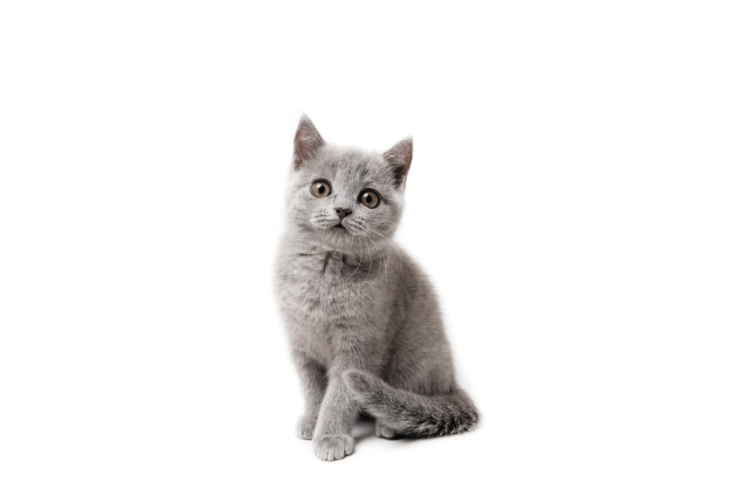
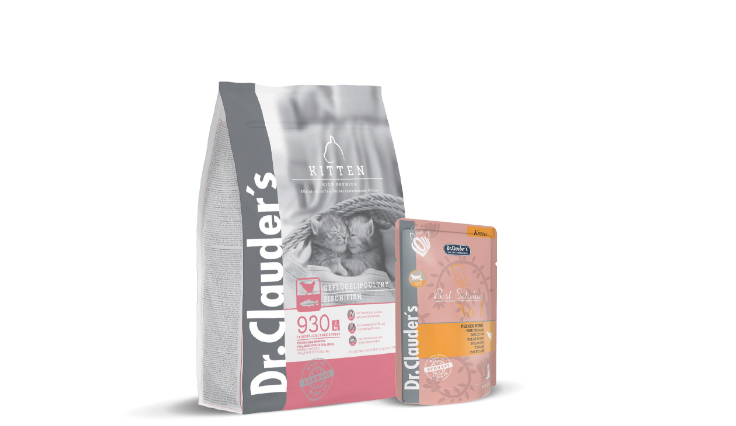
Adult food:
- After about 12 months
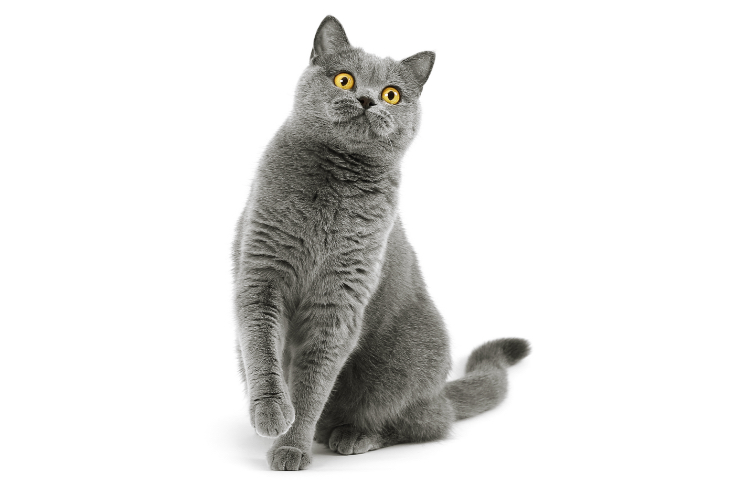
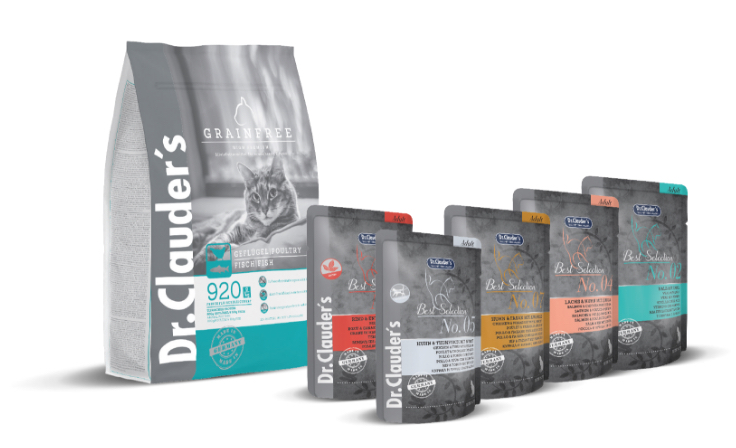
Senior food:
- From the age of 8
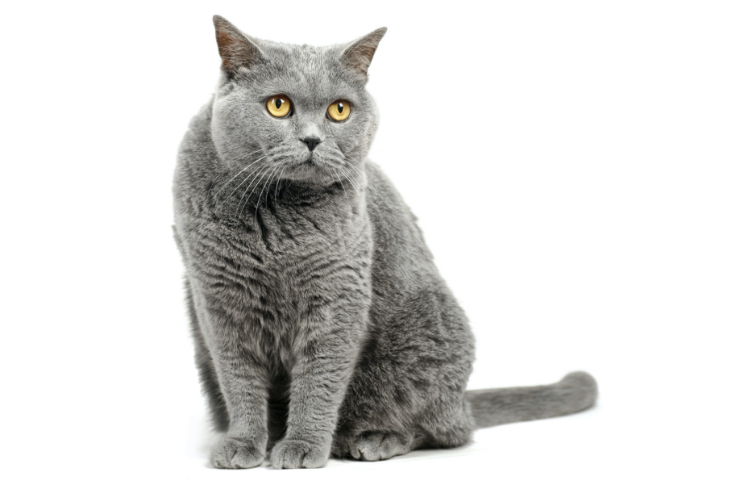
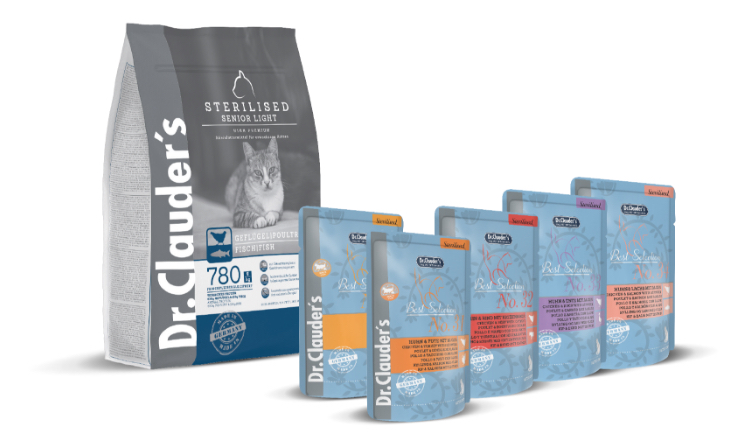
Health-related feed change
Change of feed in case of illness (diet feed):
Dietary feeds are not exclusively intended for weight loss, but are also useful for special nutritional purposes in: Kidney insufficiency, intestinal diseases, urinary stones or semolina, allergies and intolerances, overweight.
Change of food in case of intolerances or allergies (hypoallergenic food):
Use the exclusion method to find out which food components your cat is allergic to or which it cannot tolerate.

Change of diet to support health (Special Diet)
Change of diet for underweight (High Energy Diet)
HOW LONG DOES A FEED CONVERSION TAKE?
The duration of a successful feed conversion depends on the answers to the following questions:
- How old is your cat?
- How long has she been on the previous food?
- Is the change of food voluntary or for medical reasons?
- What is the constitution of your cat and its digestion (robust or sensitive)?
The changeover from dry to wet food, from wet to dry food, BARF or to a different food manufacturer takes on average two to three weeks - for fussy cats this period can extend to six to eight weeks.
WHAT IS THE BEST WAY TO CHANGE A CAT'S FOOD?
Cats are creatures of habit - their resistance to new things is genetically determined and poses challenges for you as an owner when it comes to changing their food. Patience is the magic word. Besides the acceptance of the new food, the cat's digestive system plays an important role in the food change. Therefore, the switch between dry and wet food or BARF should be made carefully and slowly, also taking into account the gastrointestinal tract. There are two possibilities for an optimal, successful changeover:
Two-bowl method
- A few days: Place the bowl of new food next to the usual food so that the cat can get used to the smell.
- With luck, your cat will eat the food after a few days.
Most successful strategy: Substitution method
- Replace the old food with the new food in small steps or mix it in.
- Start with 1/10 of the new food and increase the amount very slowly (every few days).
- If there is no medical reason to hurry, the "substitution method" has proven to be very effective. If your cat doesn't accept the unknown, you should reduce the amount and proceed more cautiously and slowly - the changeover will take longer accordingly.
Change of food for kittens
With kittens, a recommendation becomes a principle - step by step:
- After about 5 weeks: Change from mother's milk to solid food. Mushy kitten food, initially mixed with rearing milk, provides the optimal transition to later cat food.
- The organism of a baby cat performs hard work during the growth and discovery phase: the energy requirement of a kitten is about twice that of an adult cat.
- Properties Food for growing cats: higher energy values and highly digestible proteins.
- After about 7 months: Adult food. Offer your cat several flavours. The variety experienced at an early age will help prevent food cravings in adulthood.
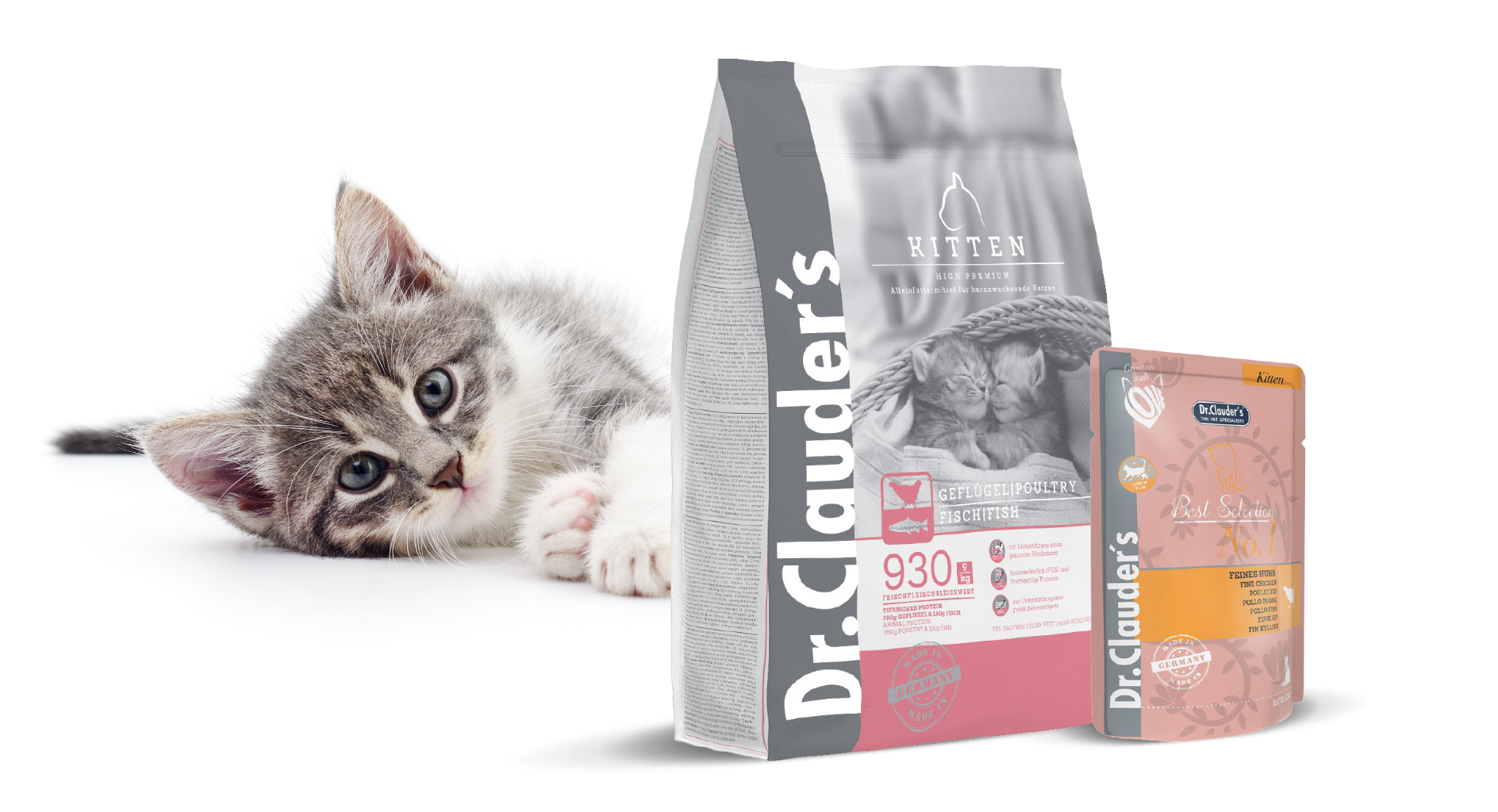
You should remember this
Dr.Clauder's for a successful change of diet
No matter what reason you have for changing your pet's diet: You will find what you are looking for in the Dr.Clauder's range.


